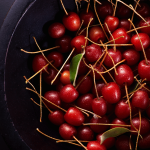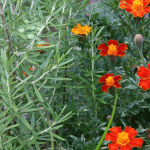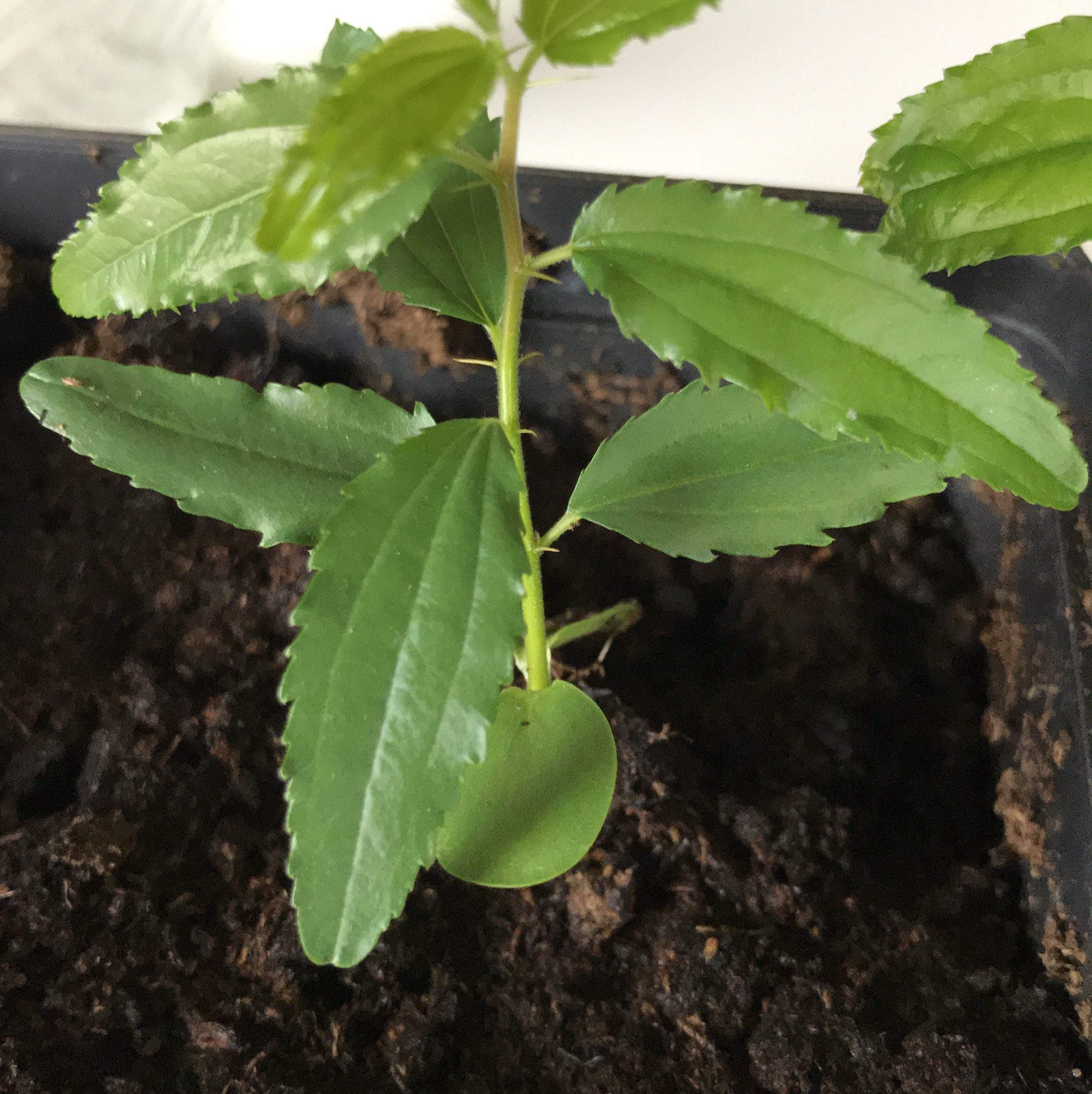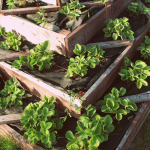Nitrogen-Fixing Perennials for Zone 7: Sustainable Gardening in Norway
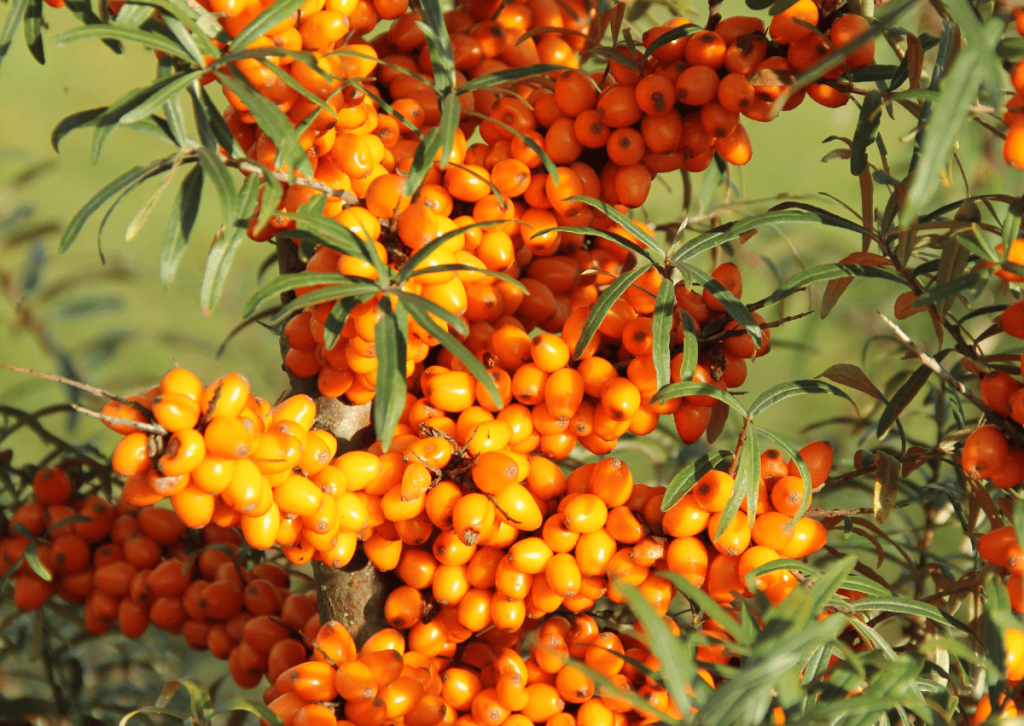
Sustainable gardening practices, such as utilizing nitrogen-fixing plants, are becoming increasingly important in maintaining healthy ecosystems and promoting environmental responsibility. In USDA Zone 7, which includes parts of Norway, perennials offer numerous benefits, including adaptation to the local climate, reduced soil disturbance, and diminished reliance on artificial pesticides. This comprehensive guide will delve into the significance of nitrogen-fixing perennials within the context of ecological and permaculture principles and provide practical advice for incorporating these plants into your garden.
Why Nitrogen Matters to plants
Nitrogen is an essential element for plant growth, playing a critical role in the production of chlorophyll, amino acids, and proteins. A sufficient supply of nitrogen ensures healthy foliage and vigorous growth, leading to increased crop yields and a thriving garden. However, plants cannot directly utilize atmospheric nitrogen, which is abundant but chemically unreactive. This is where nitrogen-fixing plants come into play. Through a symbiotic relationship with nitrogen-fixing bacteria, such as Rhizobium, these plants convert atmospheric nitrogen into a form that can be used by other plants, thereby enriching the soil and promoting overall garden health. By incorporating nitrogen-fixing perennials into your Zone 7 garden, you can ensure a sustainable supply of this vital nutrient while adhering to ecological and permaculture principles.
Top Nitrogen-Fixing Perennials for Zone 7
Choosing the right nitrogen-fixing perennials for your Zone 7 garden is essential to achieve the desired benefits. The following list highlights some of the best options, considering factors such as climate adaptability, growth habits, and additional advantages like supporting pollinators or providing edible yields.
- Siberian Pea Shrub (Caragana arborescens): This hardy shrub boasts yellow flowers and edible pea-like pods. It can tolerate a variety of soil types and is an excellent choice for windbreaks and hedgerows. Its deep root system helps to prevent soil erosion and improve overall soil structure.
- Sea Buckthorn (Hippophae rhamnoides): Known for its nutrient-rich, bright orange berries, sea buckthorn thrives in well-drained soil and can tolerate salty conditions, making it suitable for coastal areas. This shrub also serves as an excellent habitat for birds and other wildlife.
- False Indigo (Baptisia species): These low-maintenance perennials produce tall spikes of pea-like flowers in various colors, such as blue, white, and yellow. Drought-tolerant and adaptable to a range of soil conditions, false indigo is an excellent addition to any garden.
- Red Alder (Alnus rubra): A fast-growing deciduous tree, red alder quickly improves soil fertility and provides a source of wood or biomass. Its attractive catkins and ability to thrive in damp or poorly drained soils make it a versatile choice for a variety of landscapes.
- Lupines (Lupinus species): With their tall, colorful flower spikes, lupines add visual interest to any garden. They are versatile and can tolerate a range of soil conditions, making them ideal for hillside or meadow plantings. Lupines are also excellent at attracting pollinators. Bear in mind that these are considered invasive in many countries, including Norway. I have avoided these for that reason.
- Goumi (Elaeagnus multiflora): This hardy shrub produces fragrant flowers and small, nutritious berries, making it an excellent choice for hedgerows and as a wildlife attractant. Goumi can also tolerate a range of soil conditions and is effective at stabilizing slopes.
- Autumn Olive (Elaeagnus umbellata): With its silvery foliage and fragrant, creamy-white flowers, autumn olive is an attractive nitrogen-fixing shrub. Its red, speckled berries are high in antioxidants and can be used in various culinary applications.
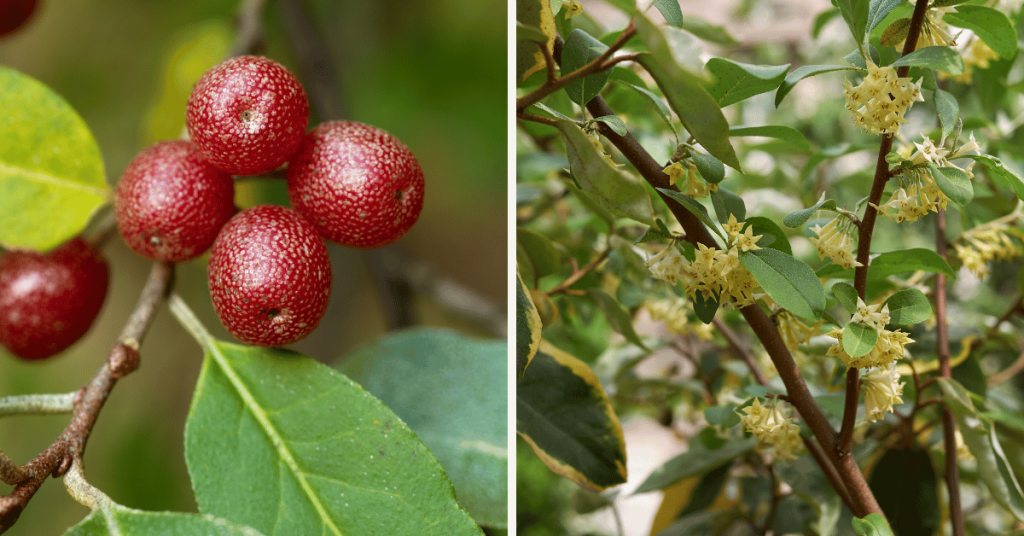
Incorporating Nitrogen-Fixing Perennials in Your Garden
Successfully integrating nitrogen-fixing perennials into your garden involves more than simply planting them. To maximize their potential, consider utilizing companion planting strategies, creating diverse plant guilds, and being mindful of layering and spacing. These techniques will ensure that your garden benefits from the symbiotic relationships between these plants and the surrounding ecosystem.
- Companion Planting: Implementing companion planting strategies maximizes the benefits of nitrogen-fixing perennials. Pairing these plants with nutrient-demanding crops, such as corn or squash, helps support their growth while maintaining soil fertility.
- Creating Diverse Plant Guilds: A diverse plant guild includes various species that perform different functions, such as nitrogen fixation, pest control, and pollination. This approach ensures a balanced ecosystem and improves overall garden health.
- Layering and Spacing: When incorporating nitrogen-fixing perennials into your garden, consider their mature size and growth habits to determine the best spacing and layering. Group plants with similar water and sunlight requirements to maximize efficiency and reduce competition for resources.
Caring for Nitrogen-Fixing Perennials
To keep your nitrogen-fixing perennials healthy and productive, it’s crucial to understand and address their specific care requirements. Appropriate water management, pruning, and maintenance practices are essential for their long-term success. Moreover, harvesting and utilizing the yields from these plants can provide additional benefits, such as food or materials for composting and mulching.
- Water Management: In Norway’s rainy climate, proper water management is essential to avoid over-watering or waterlogging. Ensure that your plants are placed in well-draining soil, and consider using raised beds or swales to improve drainage if necessary.
- Pruning and Maintenance: Regular pruning and maintenance will keep your nitrogen-fixing perennials healthy and productive. Remove any dead or diseased wood, and consider thinning out crowded branches to improve air circulation and sunlight penetration.
When pruning nitrogen-fixing perennials, it’s important to be aware of the relationship between above-ground growth and root development. Upon pruning, the roots often die back, as the plant no longer requires the same level of support due to its reduced size. This dieback leads to the release of additional nitrogen into the soil as the decomposing roots break down - Harvesting and Utilizing Yields: Many nitrogen-fixing perennials provide additional benefits, such as edible berries, foliage, or flowers. Harvest these yields and use them in various culinary applications or as a source of biomass for composting or mulching.
Additional Benefits of Nitrogen-Fixing Perennials
Beyond their soil-enriching properties, nitrogen-fixing perennials offer a wealth of other benefits that contribute to a thriving, sustainable garden. By supporting local pollinators and wildlife, preventing erosion, and improving soil structure, these plants play a crucial role in creating a resilient and biodiverse landscape. Furthermore, their ability to sequester carbon is a vital aspect of combating climate change.
- Supporting Local Pollinators and Wildlife: Nitrogen-fixing perennials offer diverse habitats and food sources for local pollinators and wildlife. By providing nectar, pollen, or fruit, these plants contribute to a healthy and biodiverse ecosystem.
- Preventing Erosion and Improving Soil Structure: The deep root systems of many nitrogen-fixing perennials help to prevent erosion and improve soil structure. By stabilizing slopes and promoting good water infiltration, these plants create a more resilient landscape.
- Carbon Sequestration and Mitigating Climate Change: Nitrogen-fixing perennials can sequester carbon, reducing the amount of CO2 released into the atmosphere. By incorporating these plants into your garden, you are actively participating in the fight against climate change.
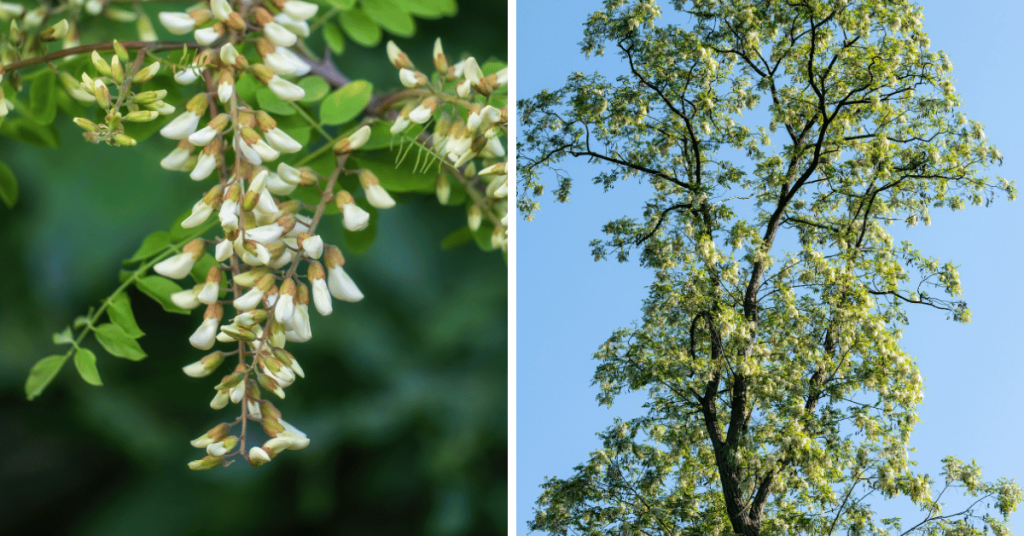
Conclusion
In conclusion, embracing nitrogen-fixing perennials offers a multitude of advantages for sustainable gardening in USDA Zone 7. Firstly, these plants contribute to improved soil fertility, which in turn supports a diverse and vibrant ecosystem. Secondly, they promote biodiversity by providing habitats and food sources for local pollinators and wildlife. Moreover, they help mitigate climate change through carbon sequestration. By incorporating nitrogen-fixing perennials into your garden using companion planting and diverse plant guilds, along with proper care and maintenance, you will be able to create a visually stunning and environmentally responsible landscape that thrives in harmony with nature.
Personal Experience in USDA Zone 7
The focus on USDA Zone 7 in this article stems from my personal experience as a gardener living in Norway within this particular zone. By sharing the knowledge I have gained through my own experimentation and observations, I hope to provide valuable insights and guidance to others gardening in similar climates. While some principles and practices discussed in this guide may be applicable to other zones, the specific plants and techniques mentioned are tailored to the unique conditions and challenges that gardeners face in Zone 7. As I continue to explore and refine my gardening practices, I am committed to sharing my findings with the broader community to promote sustainable, eco-friendly approaches to horticulture in Norway and beyond.

